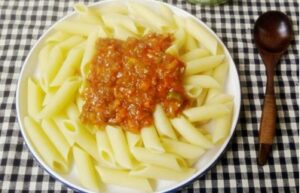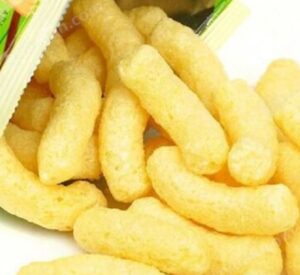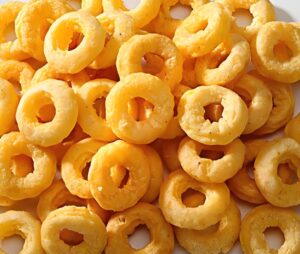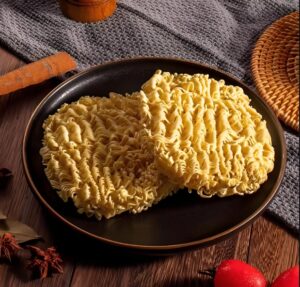Effective Cooling Methods for Twin-Screw Extruders: A Comprehensive Guide
1. Introduction to Extruder Cooling Requirements
Twin-screw extruders generate significant heat through:
double screw extruder
Toggle- Mechanical energy conversion (friction, shear forces)
- Material processing reactions (polymer melting, starch gelatinization)
- Motor/gearbox operation
Proper cooling maintains:
✔ Optimal melt temperature (typically 120-300°C depending on material)
✔ Consistent product quality
✔ Equipment longevity
✔ Energy efficiency
2. Primary Cooling System Components
2.1 Barrel Cooling Zones
- Configuration: Independently controlled segments (usually 5-10 zones)
- Cooling methods:
- Air cooling: Forced ventilation (fans) for low/mid-temperature processes
- Liquid cooling: Circulated water/glycol for precise high-heat applications
Typical Parameters:
| Zone | Temperature Range | Cooling Method |
|---|---|---|
| Feed | 20-40°C | Water jacket |
| Compression | 80-120°C | Glycol recirculation |
| Melting | 150-250°C | High-flow water |
| Metering | 100-180°C | Hybrid air/water |
2.2 Screw Cooling
- Internal channels: Hollow screws with coolant flow
- Heat pipes: Phase-change materials for high-efficiency cooling
- Thermal oil systems: For very high-temperature processes (>300°C)
3. Advanced Cooling Technologies
3.1 Hybrid Cooling Systems
- Combination cooling: Air + liquid in sequence
- Example: Air cooling first 3 zones, water last 5 zones
- Benefits: 30-40% energy savings vs. full liquid cooling
3.2 Smart Temperature Control
- PID algorithms: Adjust cooling based on:
- Melt pressure (±1 bar tolerance)
- Viscosity changes (torque monitoring)
- Throughput variations
- Predictive cooling: AI models anticipate heat buildup
3.3 Energy Recovery Options
- Heat exchangers: Reuse waste heat for:
- Raw material pre-heating
- Facility heating
- Water heating
- Thermoelectric generators: Convert excess heat to electricity
4. Material-Specific Cooling Strategies
| Material Type | Optimal Melt Temp | Cooling Approach |
|---|---|---|
| Plastics (PP/PE) | 180-260°C | Intensive barrel cooling |
| Food (starch-based) | 120-180°C | Moderate screw cooling |
| Rubber Compounds | 80-150°C | Aggressive zone cooling |
| Pharmaceuticals | 70-120°C | Precise PID control |
5. Maintenance for Optimal Cooling Performance
5.1 Routine Checks
- Monthly:
- Inspect pump seals/coolant levels
- Clean heat exchanger fins
- Verify thermostat calibration
- Annual:
- Descaling of water channels
- Coolant replacement
- Flow rate verification
5.2 Troubleshooting Common Issues
Problem: Inconsistent zone temperatures
Solution:
- Check for clogged cooling channels
- Verify coolant flow rates (typically 10-30 L/min per zone)
- Inspect control valves
Problem: Excessive energy consumption
Solution:
- Implement variable speed pumps
- Upgrade to high-efficiency heat exchangers
- Optimize cooling sequence logic
6. Emerging Cooling Innovations
- Nanofluid coolants: 20-30% better heat transfer efficiency
- Magnetic cooling: Contactless temperature control
- Phase-change materials: For ultra-precise thermal management
- IoT-enabled systems: Real-time remote monitoring/optimization
7. Best Practices Summary
- Match cooling method to material requirements
- Implement zonal temperature profiling
- Use predictive maintenance (vibration/thermal imaging)
- Consider energy recovery options
- Train operators on thermal management principles
Proper cooling system design and maintenance can:
→ Reduce energy costs by up to 35%
→ Extend screw/barrel life 2-3x
→ Improve product consistency (±1°C tolerance)
For specific cooling system recommendations for your extruder model and materials, consult with our thermal engineering specialists.
Post Views: 20









